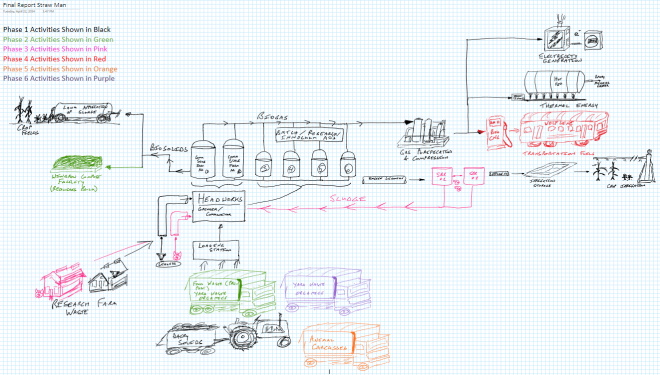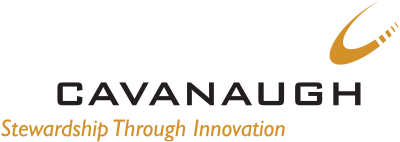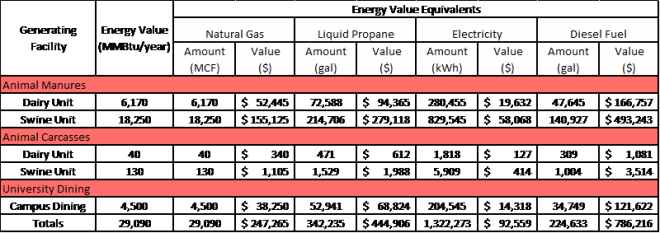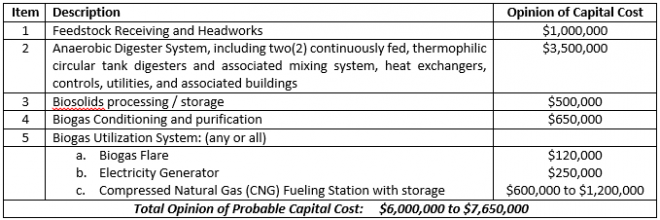RENEWABLE ENERGY DERIVED FROM FARMING WASTES, FOOD WASTE, AND WASTE ORGANICS
The College of Agriculture and Life Sciences (CALS) at NC State University maintains numerous farming education units that give students the opportunity to experience a hands-on farming operation, while increasing their knowledge and understanding of dairy farming and dairy production for North Carolina. The College of Agriculture and Life Sciences is how NC State began and is still one of the largest of the university’s 10 colleges.
A small group of NCSU faculty and researchers within CALS began to explore ways in which the University may address the challenges of managing the farming wastes in a manner that further demonstrates sustainable farming practices in ways that are additive to the farming economics in a positive way. The waste management systems serving many of the research farms operated by NCSU demonstrate out-dated approaches, and do not reflect the innovation in science and technology for which NCSU is renown. Additionally, development of adjacent areas for residential use have brought the public within sight and smell of some of the manure management systems, resulting in pressures for the University to modernize these systems. Rather than simply modernizing, the NCSU faculty and researches wish to demonstrate innovations in organic waste management, creating teaching tools and extending knowledge transfer to existing farm operators.
NCSU Dairy Farm, Research & Teaching Unit and Dairy Enterprise faculty and staff desired a transition of the dairy farm waste management system to:
- Provide innovation in education for dairy waste management;
- Demonstrate up-to-date and advanced waste management technologies and practices in teaching and research;
- Replace the current lagoon-based system, with an environmentally-friendly treatment system to improve odors on the farm.
To become better stewards of farming resources, NCSU faculty and researchers desired to explore ways in which they could:
- Combine agricultural manures with other organic wastes from the campus, such as food waste from the dining facilities, to promote sustainability;
- Realize reductions in current waste management costs for the University;
- Evaluate the potential value that may be realized from harvesting the energy, nutrients and other valuable offtakes from the process of anaerobic digestion.
Early in their exploration, NCSU identified anaerobic digestion as a process capable of achieving these goals, as it provides for modern manure management and an ability to harvest energy, nutrients and other valuable offtakes from the process. It was quickly realized by those associated with the NCSU research farms that a great opportunity existed to include other organic waste generators at the University and further demonstrate ways in which the farms of the future can fulfill multiple societal needs, in addition to food and fiber production. In this realization, NCSU formed a small stakeholder group comprised of representatives of CALS, Facilities, and University Dining to explore opportunities for collaboration and mutual success.
This stakeholder group determined that a feasibility analysis and scoping study (Study) would serve to better inform NCSU as to the true potential for anaerobic digestion. NCSU commissioned Cavanaugh & Associates, P.A. to facilitate the feasibility study, and develop this report of findings, conclusions, and recommendations to guide the University in evaluating the feasibility, and the appropriate next steps, for developing an innovative, industry-leading organics recycling program utilizing and anaerobic digestion system to generate valuable offtakes. The evaluation would include, but not be limited to:
- Considerations as to the type, quantity, and quality of organic wastes produced and/or managed
- Current costs associated with the collection, manaagement,and disposal of orgnic wastes at NCSU that may otherwise be managed by an anaerobic digestion faciltity to determine offset costs.
- Incorporation of “fuel farming” and other sustainable practices into a one-of-a-kind “Farm of the Future” program for leading and innovating advances in agricultural, biological and engineeering sciences, catalyzed by the anaerobi digestion facility; and
- Considerations as to the type, quantity, and quality of organic wastes produced and/or managed by adjoining cooperating, or nearby facilities that may be of interest and beneficial use by NCSU.
It was quickly realized that the stakeholder group must expand to include representatives from the other major organic waste managers associated with University operations, including such examples as the College of Veterinary Medicine, Waste Management, Groundskeeping, and many more. Not all of these stakeholders were familiar with alternate means of managing their organic waste streams, and thus, a need to educate and inform University leadership and potential funders was also identified. Cavanaugh was asked to construct the Feasibility Study in a manner that would both educate the lesser informed, but allow more familiar readers an ability to quickly surmise the information needed. Cavanaugh included multiple methods of communication, including visual aids and reference materials, to facilitate a journey of understanding and provide a common communication platform by which the University can establish a clear path forward relative to its opportunities for an anaerobic digestion facility.

Figure 1. The Stakeholders first requested a ‘straw man’ conspectus of the potential process, which Cavanaugh prepared.
As described throughout the report, the operation of a proposed anaerobic digestion facility serving NCSU will accomplish the conversion or transformation of certain organic inputs of feedstocks that are presently managed by NCSU, many of which are considered to be waste products requiring disposal, into outputs and off-takes of value. The Cavanaugh team evaluated the organic wastes, and resolved how they could be transformed through anaerobic digestion into both tangible offtakes (like fertilizer and fuel) and intangible offtakes (like renewable energy credits and carbon offsets).
The stakeholder group identified that a very important function of any proposed anaerobic digestion facility serving NCSU is to serve as a demonstration model – a digester system that can be economically deployed to service dairy farms in North Carolina and the southeast, as well as other farming operations and organic waste processing facilities.
Results
The Final report detailed opinions of probable costs (See Table 2 Below) for related facilities improvements and the operational requirements for the facility. Revenue-producing opportunities were quantified, and funding sources explored. These elements of a business plan serve as the basis for the economic evaluation of the project for the University, and were used to inform the return on investment (payback) projections.
By the numbers, an anaerobic digestion facility serving NCSU makes good sense. It is estimated that the construction of a digester system as described in this Study will cost approximately $6,000,000 to simply serve the dairy unit, swine unit, and University Dining halls; with another $3,000,000 to $4,000,000 needed for additional infrastructure upgrades at existing facilities. Once operational, the anaerobic digestion system will receive materials presently considered organic wastes, reducing current waste disposal costs by approximately $28,000 per year (reduced hauling costs and tipping fees). The additive offtakes – discounting the fertilizer value already received by NCSU from the manures – may result in a revenue stream of nearly $800,000 annually, netting a return on investment (ROI) for NCSU of approximately 7% and a simple payback of 14 years.
Opportunities exist in the future to divert even more organic wastes from current disposal by implementing more intensive organic recycling programs, pulling organic wastes from the waste receptacles, and harvesting more manures from other NCSU farming operations that will increase the creation of valuable offtakes. The ROI’s of these measures may be evaluated in the future to determine implementation opportunities and paybacks.
The return on investment (ROI) for the proposed anaerobic digestion facility serving NCSU compares the net annual revenue to the capital investment for constructing the anaerobic digestion facility. Based on the ranges of costs and anticipated revenues, a range of ROI and simple paybacks were established, from most conservative to more aggressive. The most conservative evaluations (highest capital costs with lowest revenue production potential) has a negative return on investment. However, the more aggressive (lower capital costs, higher revenues based on energy consumption choices) demonstrates a return on investment of just over 7%, with a simple payback of approximately 7 years.
A copy of the one-page Executive Summary may be viewed by clicking here.




